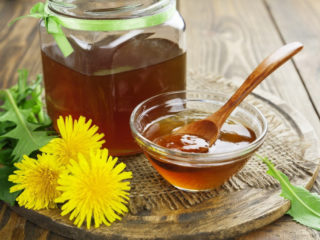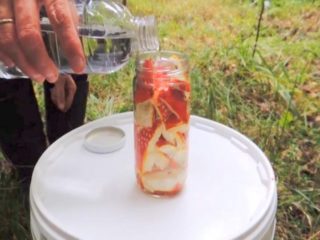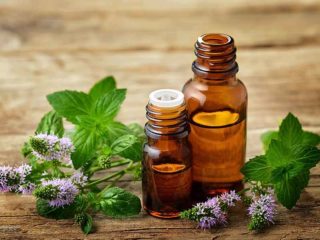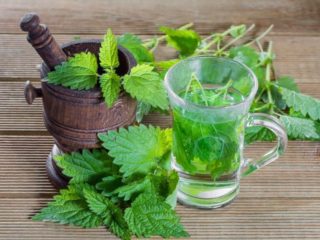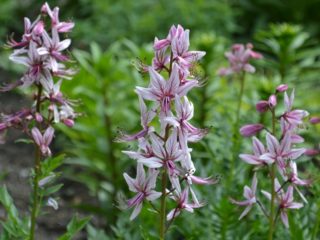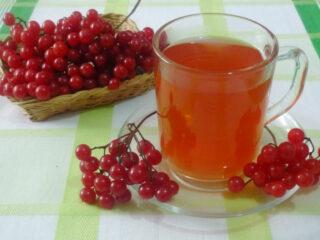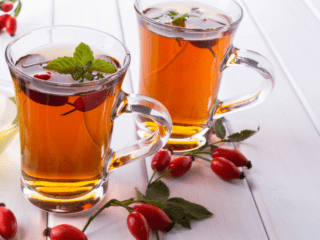Content
The medicinal properties of sage are the reason for its popularity. This is a common plant that can be found in the gardens of Russian residents. Unlike other species, lush sage gets along well in harsh climates and delights owners with beautiful flowers.
Description of lush sage
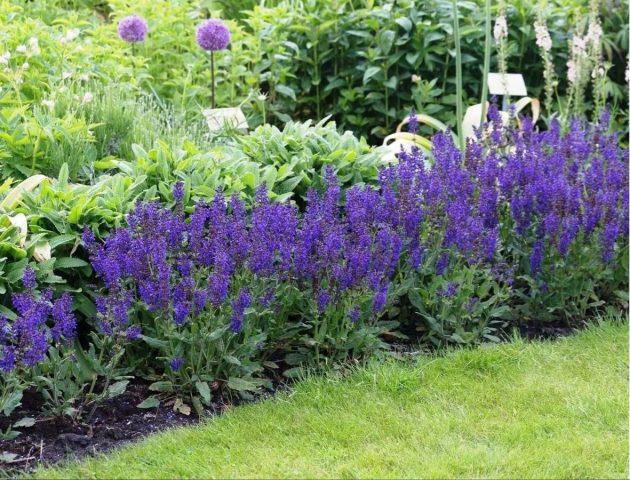
Using sage in combination with other plants to decorate the garden
Sage is a genus with more than 700 species. Only about 200 varieties are used in gardens; the rest grow in the wild. The birthplace of the culture is tropical zones. In cold climates, sage is used as an annual plant. Breeders have managed to develop several perennials that can withstand poor soil and low temperatures. Perennial crops are called sage, and annual crops are called salvia.
The herbaceous plant reaches a height of 75 cm. Strong roots (sometimes up to 10 mm in diameter) go deep into the ground. Raised branches are a distinctive feature of the genus. The leaves are oval-shaped and characterized by a bright green or light green color. Finely jagged contours outline each leaf.
Purple flowers begin to grow after two years of life.They reach 10-20 cm in length. Flowering begins in early summer and lasts until autumn. The seeds resemble grayish nuts and are small in size. Salvias love the sun and grow in open areas with a temperate climate.
Salvia lush continues to grow for eight years, flowering can last a lifetime. With frequent winds and an abundance of moisture, the plant begins to fall and requires reliable support. The leaves are rich in ether, so they are added to tea or used as a seasoning. Sage is used to treat various ailments - for this, alcohol-based tinctures or milk decoctions are used.
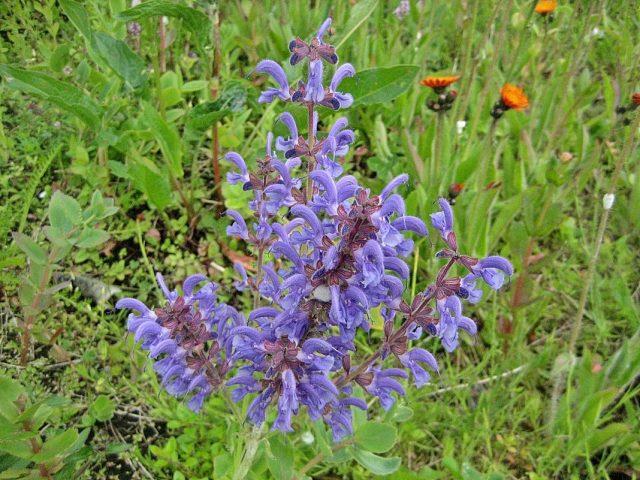
Purple oakwood (lush) sage attracts bees
The plant rarely gets sick. The main pests are snails, slugs and aphids. In their dachas, many people use sage for decorative purposes. You can see how they fence flower beds and garden paths. The culture is harmless to cereals and goes well with grass and vines.
All species have a strong stem that rises high. In some cases, its height reaches more than 1.5 m. During flowering, bracts are formed on the plant, which differ from the basal leaves. Some varieties have especially beautiful bracts.
The flower grows in panicles or racemes. Depending on the species, the color can be different - red, burgundy, blue, white and yellowish. The fruits are smooth, spherical or oval shaped, often covered with a protective shell.
The stem grows straight up, always straight. Thanks to its lignified base, it is able to hold a large number of leaves. Lush sage is a branched plant. It is located in groups, which is why it sometimes bends. The leaves are arranged strictly - opposite each other, and have a wrinkled shell on top.
Advantages and disadvantages
Lush sage is best known as a remedy for illnesses. It also has a pleasant appearance, thanks to which it is used in decorating gardens and living rooms.
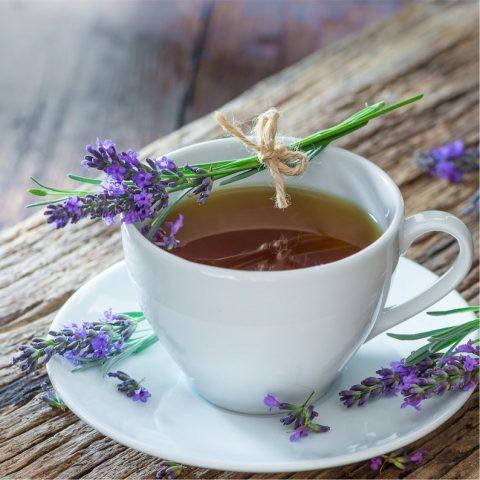
Medicinal tea with sage is an excellent remedy for boosting immunity
Advantages:
- seeds are characterized by rapid growth;
- the culture rarely gets sick;
- resistance to different weather conditions;
- good aroma;
- Can be used as a seasoning or tea infuser.
Flaws:
- the need to use supports.
Planting lush sage
The seeds germinate well even in poor soil. The plant can be planted directly in the ground or use a container. This is done in early or mid-spring. In some cases, they are planted in the fall.
The soil is suitable in different ways - loose loam, limestone-based mixtures or sandy-leaf masses. Seeds are planted to a depth of 0.5 cm. In the early stages, watering is done with a spray bottle and moistened regularly. At good temperatures (about 23 ° C), the plant will show itself in one to two weeks, although sometimes you have to wait more than a month.
Lush violet sage seedlings
To propagate seedlings, it is necessary to loosen the soil, remove debris, roots, and large stones. The soil is mixed with humus or special fertilizers are added. Dig a hole (about twice the volume of the pot), place the plant so that part of the root ball is on the upper layers of the soil. A distance of at least 35 cm is maintained between seedlings.
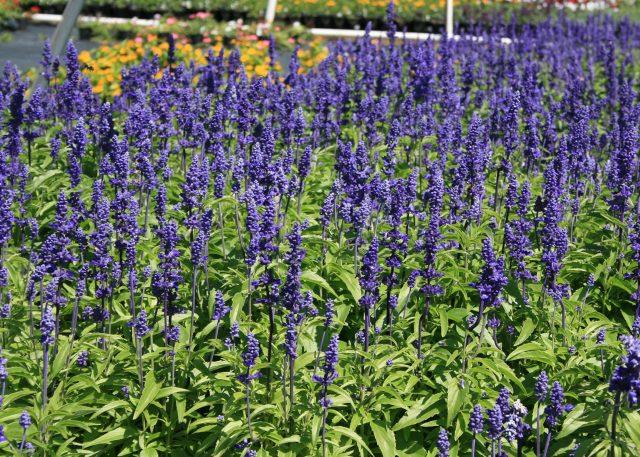
A flower meadow can be created from blue oak sage
The area around the roots is compacted with nutrient-rich soil. Next, it remains to water and mulch the seedlings.
Rules of care
Lush sage does not require watering, but in the absence of moisture it gradually loses its beauty. In this case, the leaves and flower will darken. Along with regular watering, the plant needs weeding. During the flowering period, the crop is fed with nitrogen supplements.
To give a decorative shape, pruning can be done annually. This is usually done in the spring. In Russia, lush sage can freeze, so in mid-autumn the plant is cut off, leaving stems up to 8 cm high. Then compost is applied and insulated with leaves or spruce branches.
Reproduction
Lush sage is propagated in warm weather, usually a year after flowering. The shoots are placed in the soil, secured with a toothpick and sprinkled with soil.
Lush sage in landscape design
Salvia is bred for culinary, medicinal and decorative purposes.
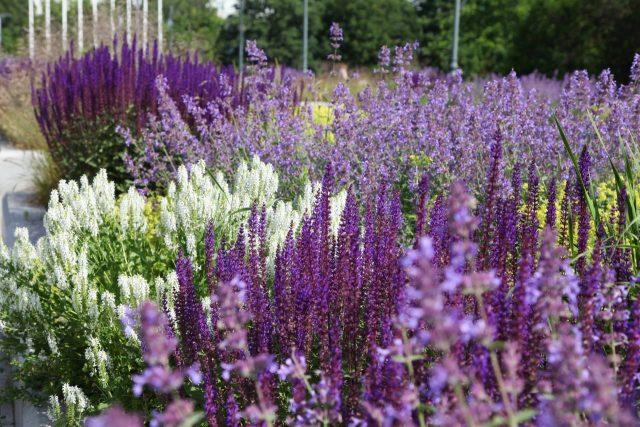
By combining different varieties you can get an interesting picture.
A common variety is the clary sage variety. Designers grow crops with thyme, mint, and basil.
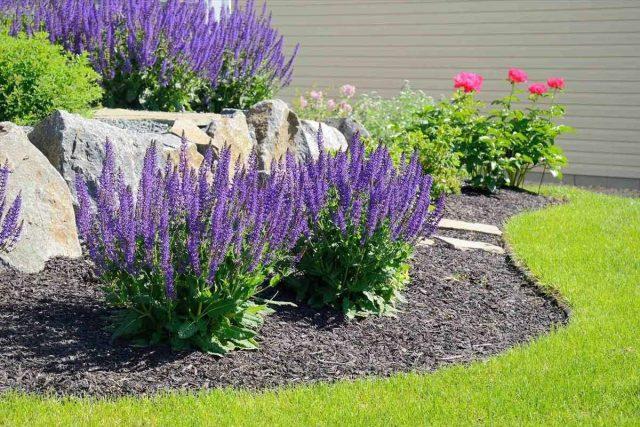
Interesting design of the area with lush salvia and other plants
The species is used for decorating borders, zoning flower beds and verandas. It goes well with grass and stands out during flowering. In apartment conditions, low-growing varieties are used, which contribute to the design of the room. The special thing about salvia is that it attracts pollinators such as butterflies, which can also be used.
Conclusion
Lush sage is a common variety that is characterized by increased branching and density of leaves. This is a versatile plant that can be used to refresh your landscape or to improve the taste of meat dishes. Owners talk about salvia as a pleasant indoor and garden plant. Russian residents value resistance to cold weather, but complain about regular watering. Problems with slugs that defecate on leaves deserve special attention.
Reviews of lush sage
